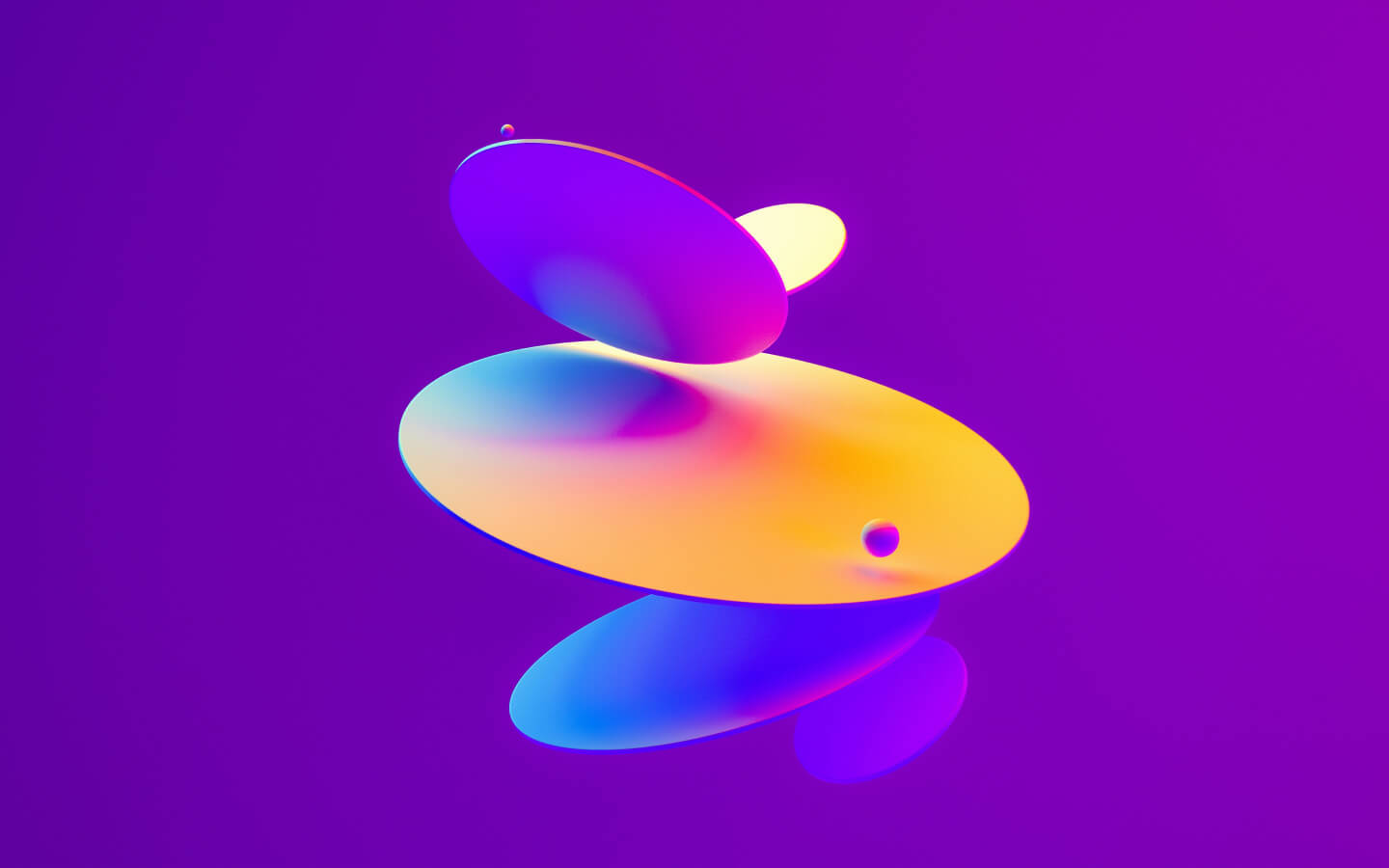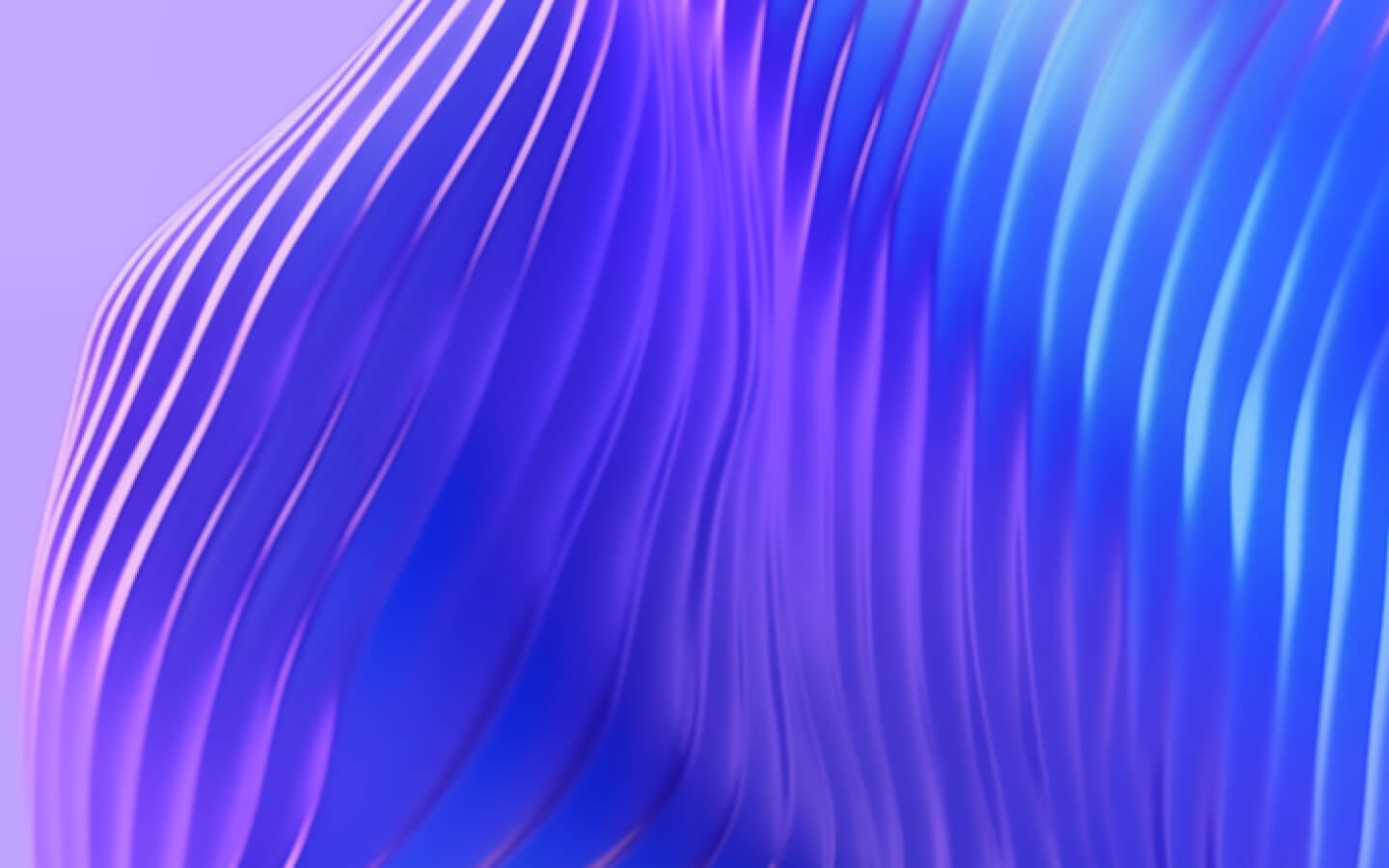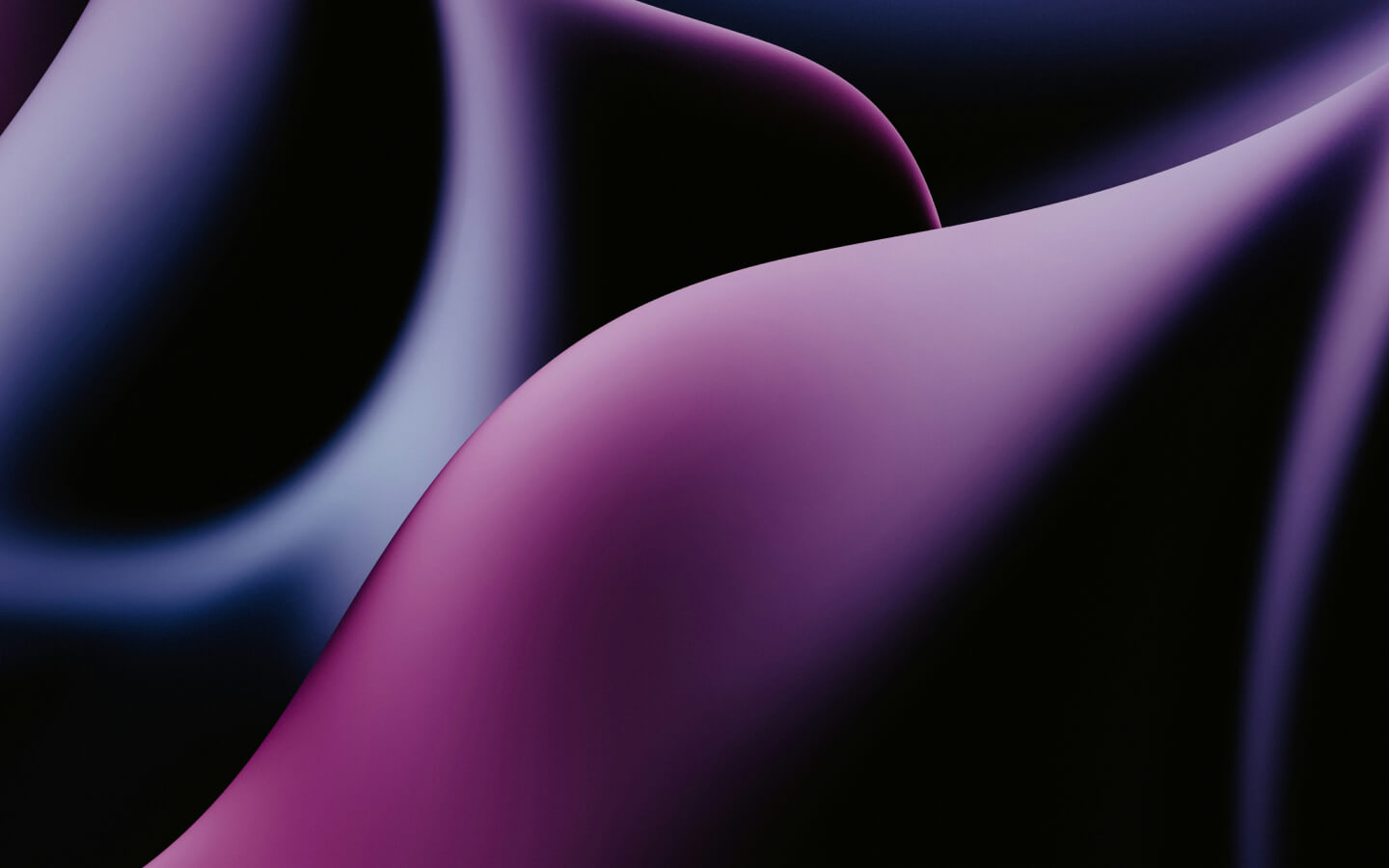As I strolled through the Prudential Center in Boston, glancing down at my low-battery iPhone, I was surprised and excited to catch a glimpse of what could only be an Apple store. The sleek glassy store-front and roaming t-shirt clad employees that have come to symbolize the face of cutting edge technology greeted me. Much to my dismay I lifted my head to find not a glowing fruit, but a colorful Microsoft flag instead. In the following order, I realized:
- I can’t charge my phone.
- Wow, they really jacked Apple’s design.
- It looks pretty cool. Should I go in there?
Image Source: Corporate Eye
Hands down, Microsoft has completely and unapologetically cloned Apple’s retail position, store design, and cult environment. It’s interesting how, complete with a genius bar answer deck, they really aren’t trying to fool anyone. Honestly speaking, I am tempted to write Microsoft off for their creative theft and inability to be cunning in their own right. How can cloning the competitor ever reap brand growth and success?
Ironically, it just may be Microsoft’s smartest move yet. Giving consumers a place to hang and actually partake in a brand experience is a big piece of the brand loyalty pie. Success is never certain, but the validation behind Microsoft’s carbon copying approach is. As the old saying goes, if it ain’t broke’?¬¶
Here are a few insights as to why you shouldn’t fix it:
1. No explanation needed. Consumers who pass by the new Microsoft stores know exactly what to expect (they have seen it before), and time is not wasted on pitching a new concept to visitors. Instead, effort can immediately be spent on enhancing consumer experience, new gadget exposure, and helping them find those perfect accessories. All of which lead to the ultimate bottom line’making the sale and building a relationship with the customer.
2. Proven success. The Apple retail blueprint has paved the way for Microsoft to find similar success by incorporating the same key elements that consumers are used to and have made the Apple retail business a huge success. When Apple first introduced retail stores, they presented a model that capitalized on consumer insights to keep their customers happy and involved. Displaying their products in a user friendly environment captured people’s attention (who hasn’t seen a video filmed from an Apple store?). In addition, Apple added a genius bar to serve as a support system for buyers, which quickly became an essential and appreciated element for anyone stuck with a frozen screen or interested in learning more.
These two elements may seem like common sense now, but it was an innovative approach that has proven successful. Microsoft made sure to present the same store environment because they know it will keep store visitors playing with their latest devices for hours and coming back for more.
3. Cultivation of a space where brand followers and the tech savvy can come together creates that fuzzy feeling. And we know this because we originally felt that same feeling at the Apple store across the street. Who is to say we won’t feel it again?
On the behalf of Microsoft, I would like to thank Apple for doing the dirty work. If you were to have mentioned the Windows brand to me a year ago, the Apple loyalist in me would have said Microsoft who? Ask me today, and though still devoted to my iStuff, I would say I’m interested. If that’s not moving the needle, I don’t know what is.



